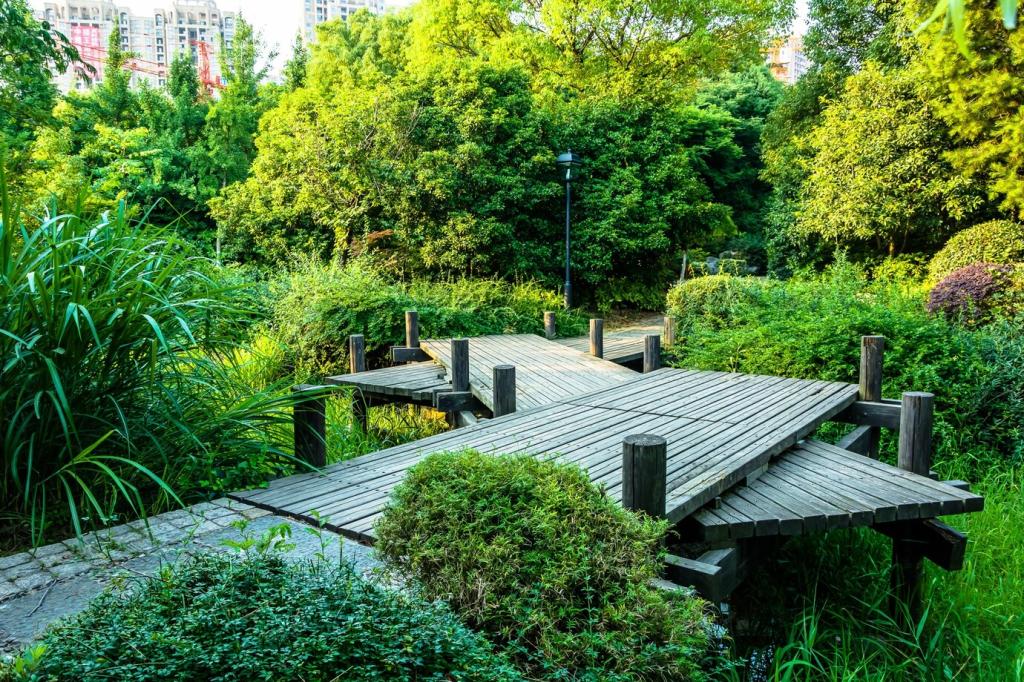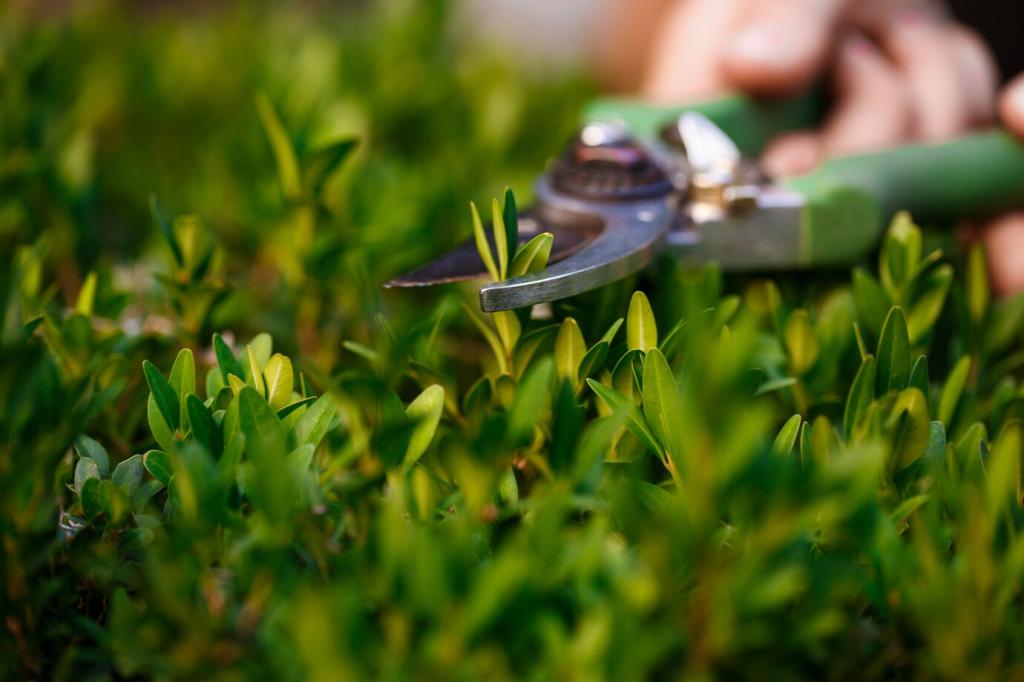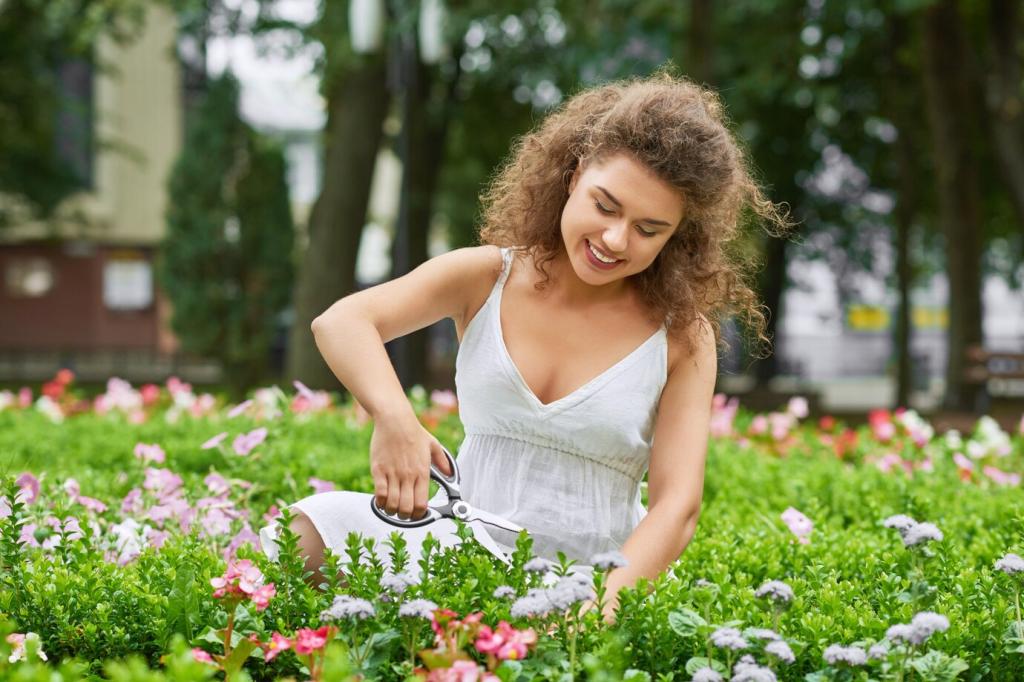Modern landscaping is increasingly defined by its ability to balance aesthetics with environmental responsibility. As concerns over water scarcity grow globally, the importance of water conservation in landscape design has taken center stage. Harnessing innovative strategies helps not only in minimizing water wastage but also in creating sustainable outdoor environments that thrive in harmony with their natural surroundings. This page delves into essential techniques and approaches used in modern landscaping to conserve water, ensuring both practicality and visual appeal.
Previous
Next
Smart Irrigation Solutions
Drip irrigation represents a significant leap forward from traditional sprinklers. By delivering water directly to plant roots through a network of tubes and emitters, it drastically reduces evaporation and runoff. This targeted approach not only ensures each plant receives the precise amount of moisture it needs but also minimizes weed growth by keeping non-planted areas dry. Drip systems can be adjusted to different zones in a landscape, catering to varying plant needs and soil types, making them highly adaptable and efficient choices for water-smart landscapes.

Previous slide
Next slide

Rainwater Harvesting Integration
Capturing rainwater for landscape irrigation is a sustainable practice growing in popularity. By installing rain barrels, cisterns, or other collection systems at downspouts and strategic locations, homeowners and property managers can harness free water that would otherwise become runoff. This collected rainwater can be used to irrigate gardens during dry periods, supplementing regular water sources and greatly reducing total consumption. Its natural softness and lack of chemical treatment often prove healthier for plants, making rainwater harvesting both a conservation measure and a boon for landscape vitality.

Permeable Hardscape Surfaces
Replacing traditional impervious surfaces, such as concrete or asphalt, with permeable materials allows water to percolate into the soil rather than running off into storm drains. Permeable pavers, gravel, and stabilized turf systems absorb rainfall and promote natural groundwater recharge. This approach reduces erosion, mitigates flooding, and ensures that more water remains available for plant use. Properly installed permeable surfaces balance functionality with aesthetics, providing practical spaces such as walkways and patios while supporting sustainable water management.
